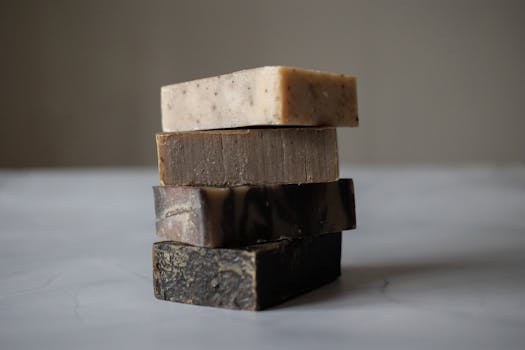Treat Keratosis Pilaris (Goose Bumps) on Your Arms and Legs with Exfoliating Lotions with Lactic Acid
Keratosis pilaris, commonly referred to as “chicken skin” or “goose bumps,” is a prevalent skin condition that affects many individuals, particularly on the arms and legs. Characterized by small, rough bumps, this condition is caused by the buildup of keratin, a protein that protects the skin. While keratosis pilaris is harmless, it can be aesthetically displeasing and lead to self-consciousness. Fortunately, exfoliating lotions containing lactic acid have emerged as an effective treatment option. This article explores the benefits of lactic acid in treating keratosis pilaris and provides practical tips for incorporating it into your skincare routine.
Understanding Keratosis Pilaris
Keratosis pilaris is a common skin condition that affects approximately 40% of adults and up to 80% of adolescents. It typically manifests as small, red or white bumps on the skin, often on the upper arms, thighs, cheeks, and buttocks. The condition is more prevalent in individuals with dry skin or those who have a family history of keratosis pilaris.
While keratosis pilaris is not harmful, it can cause discomfort and embarrassment for those affected. The bumps can be itchy and may become inflamed, leading to further irritation. Understanding the underlying causes and effective treatments is essential for managing this condition.
The Role of Lactic Acid in Exfoliation
Lactic acid is an alpha hydroxy acid (AHA) derived from milk. It is widely recognized for its exfoliating properties, making it a popular ingredient in skincare products. Lactic acid works by breaking down the bonds between dead skin cells, promoting their removal and encouraging the growth of new, healthy skin cells. This process is particularly beneficial for individuals with keratosis pilaris, as it helps to reduce the buildup of keratin that causes the characteristic bumps.
Benefits of Lactic Acid for Keratosis Pilaris
- Gentle Exfoliation: Lactic acid provides a milder exfoliation compared to other acids, making it suitable for sensitive skin types.
- Hydration: Unlike some exfoliants that can be drying, lactic acid also has moisturizing properties, helping to keep the skin hydrated.
- Improved Skin Texture: Regular use of lactic acid can lead to smoother skin texture and a reduction in the appearance of bumps.
- Enhanced Absorption: By removing dead skin cells, lactic acid allows other skincare products to penetrate more effectively.
How to Use Lactic Acid for Keratosis Pilaris
Incorporating lactic acid into your skincare routine can be straightforward. Here are some practical steps to follow:
- Choose the Right Product: Look for exfoliating lotions or creams that contain at least 5-10% lactic acid. Products with additional moisturizing ingredients can enhance results.
- Patch Test: Before applying any new product, perform a patch test on a small area of skin to check for any adverse reactions.
- Apply Regularly: Use the product consistently, ideally once or twice daily, to see noticeable improvements over time.
- Moisturize: Follow up with a good moisturizer to keep the skin hydrated and prevent dryness.
- Sun Protection: Lactic acid can increase sun sensitivity, so applying sunscreen during the day is crucial.
Case Studies and Success Stories
Many individuals have reported significant improvements in their keratosis pilaris after incorporating lactic acid into their skincare routines. For instance, a study published in the Journal of Dermatological Treatment found that participants who used a lactic acid lotion twice daily for eight weeks experienced a 50% reduction in the appearance of keratosis pilaris. Testimonials from users often highlight smoother skin texture and increased confidence.
Conclusion
Keratosis pilaris, while common and harmless, can be a source of frustration for many. Exfoliating lotions containing lactic acid offer a gentle yet effective solution for managing this condition. By promoting exfoliation, hydration, and improved skin texture, lactic acid can help reduce the appearance of those pesky bumps on your arms and legs. With consistent use and proper skincare practices, individuals can achieve smoother, healthier skin and regain their confidence. Remember to consult with a dermatologist if you have any concerns or if your condition worsens, as they can provide personalized advice and treatment options.
